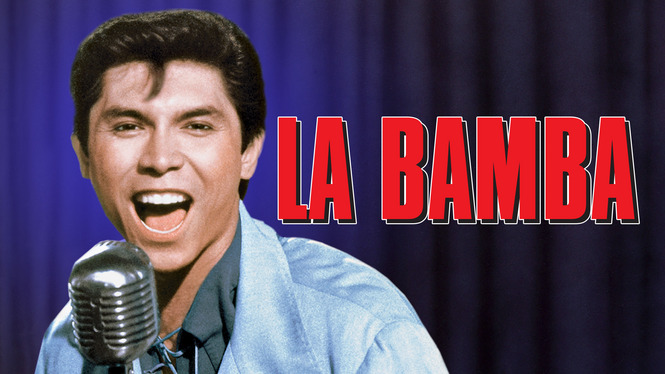Music has always been a universal language that transcends borders and brings people together. It has the power to bridge cultures and foster a sense of unity among diverse communities. One such musical masterpiece that celebrates diversity and showcases the beauty of cultural exchange is “La Bamba.”
The Origins of La Bamba
“La Bamba” is a traditional Mexican folk song that originated in the state of Veracruz. Its roots can be traced back to the early 20th century, and it gained widespread popularity in the 1950s through the rendition of Ritchie Valens, a young Mexican-American singer. Valens’ iconic rock and roll version of “La Bamba” introduced this traditional folk song to a global audience, making it a symbol of cross-cultural collaboration and harmony.
Cultural Fusion and Diversity
What makes “La Bamba” truly remarkable is its ability to blend various musical influences and cultural elements. The song itself is a fusion of indigenous Mexican rhythms, Spanish flamenco, and Afro-Caribbean beats. This amalgamation of diverse musical traditions represents the cultural tapestry of Mexico and serves as a testament to the country’s rich history and heritage.
Moreover, “La Bamba” has transcended its Mexican origins and has been embraced by musicians from different parts of the world. Artists from various genres, such as rock, jazz, and even classical, have incorporated “La Bamba” into their repertoire, infusing their unique styles and interpretations into the song. This cross-pollination of musical genres further emphasizes the universal appeal and adaptability of “La Bamba.”
A Symbol of Inclusivity
Beyond its musical merits, “La Bamba” has become a symbol of inclusivity and acceptance. The song’s popularity has transcended cultural boundaries, resonating with people from different backgrounds and ethnicities. Its infectious rhythm and uplifting lyrics have the power to unite audiences and create a sense of camaraderie.
Through its celebration of diversity, “La Bamba” reminds us of the importance of embracing different cultures and fostering cross-cultural understanding. It encourages us to appreciate the beauty of our differences and to recognize the common threads that connect us all.
La Bamba in Popular Culture
Over the years, “La Bamba” has made its mark in popular culture, becoming a recognizable symbol of Mexican culture and a representation of the power of music to transcend barriers. The song has been featured in numerous films, television shows, and commercials, further solidifying its status as a cultural phenomenon.
One notable example is the 1987 biographical film “La Bamba,” which tells the story of Ritchie Valens and his rise to fame. The movie brought “La Bamba” to a new generation of audiences, sparking a renewed interest in the song and its cultural significance Heardle 60s .
Conclusion
“La Bamba” stands as a testament to the power of music to bridge cultures and celebrate diversity. Its ability to transcend borders and bring people together is a testament to the unifying force of art. As we continue to explore and appreciate different cultures, let us embrace the spirit of “La Bamba” and use music as a tool to foster understanding, acceptance, and unity.







